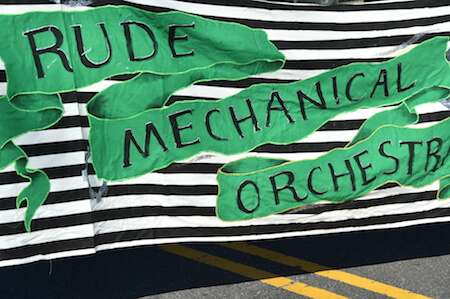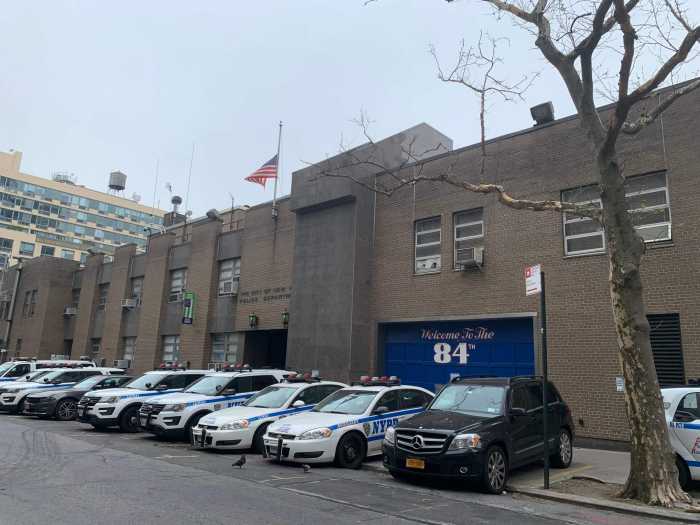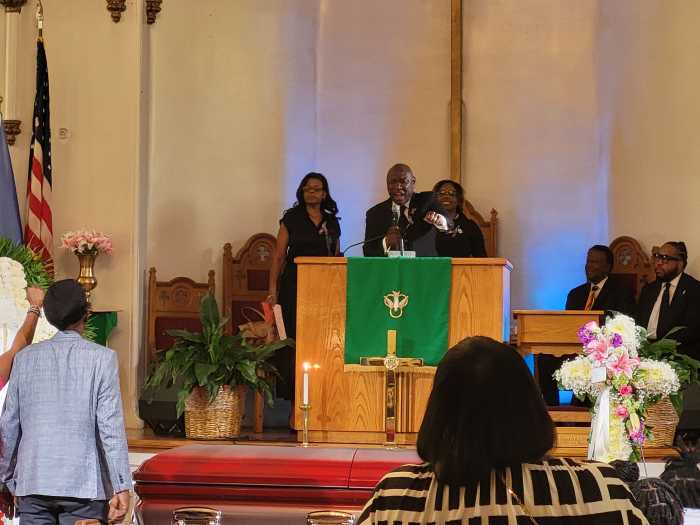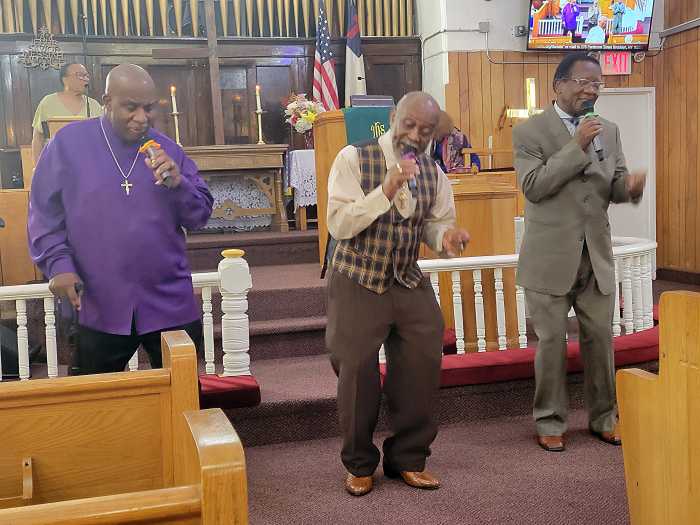Last month, Council Members Stephen Levin and Jimmy Van Bramer introduced legislation to the New York City Council that would require the city to have a cultural plan. Cities nationwide routinely make plans that guide their cultural assets and their connection to economic growth. Levin and Van Bramer’s proposal is a giant leap forward for New York, and the candidates currently running for citywide elected offices need to sit up and take note of their efforts and follow their lead.
It’s no secret that New York is America’s cultural capital. The city birthed many cultural movements, including the Harlem Renaissance; abstract expressionism (also known as the New York School); and hip hop, punk, salsa, disco, freestyle, Tin Pan Alley, and jazz. New York remains an important center for music, film, theater, dance, and visual art. Artists continually flock to the city, lured by unbridled opportunity and a creative spirit that permeates the air.
But New York wasn’t always the vibrant cultural hub it’s known as today. Wealthy industrialists in the 19th century — including Andrew Carnegie and John D. Rockefeller — built a network of major cultural institutions that laid the city’s arts and culture foundation. This legacy was continued by David Rockefeller, who led the movement for business support for the arts in America as chairman and CEO of Chase Manhattan Bank. Since then, many individuals and corporations have followed suit, donating billions over the years to ensure that New York remains America’s cultural — and economic — powerhouse. According to Americans for the Arts’ recently released “BCA National Survey of Business Support for the Arts,” business support for the arts nationwide has increased 18 percent from 2009 to 2012.
Why? Here in New York, the arts are a major industry. And as an industry, the arts serve as an economic driver that attracts companies, creates jobs, and grows local and state revenue.
Nonprofit arts and culture organizations are proud and active members of the business community — employing people locally, purchasing goods and services within the community, and creating mutually beneficial partnerships with other businesses to help them build market share, enhance their brands, reach new customers, and provide valuable employee benefits.
The nonprofit arts and culture organizations funded through New York’s city government have an important and vital impact on the city’s economy. New York City is home to more than 33,000 arts-related businesses, 1,300 of which are nonprofit arts organizations, and collectively they employ more than 238,000 people. What’s more, creative industries such as new media, advertising, fashion, design, and architecture account for a growing share of New York’s employment base.
Economic activity created by cultural tourism — one of New York’s key economic drivers — also brings in revenue from outside the region. According to Americans for the Arts’ “Arts and Economic Prosperity IV” study, cultural tourists are likely to have a longer stay and their event-related spending is more than twice that of their local counterparts. And New York is the prime cultural destination for arts and culture junkies from across the world: in 2012 a record-high 52 million people visited New York, spending $36.9 billion, up from $34.5 billion in 2011, and creating an estimated $55.3 billion in economic impact.
Arts, culture, and creativity are among New York’s greatest resources. Our neighborhoods are alive with arts and cultural organizations, festivals, and public art, adding vibrancy and creativity to every community. New York’s creative industries—which include everything from science museums to graphic art studios — have not only contributed to the city’s economic bottom line, but have also been the first footprint for economic development and neighborhood revitalization.
In short, the arts create jobs, spur urban renewal, attract new businesses, draw tourism dollars, and enhance community development. But it takes a team to create and sustain an arts sector as rich and diverse as New York’s. Our soon-to-be-elected officials should not overlook or sideline the arts as a “nice to have” perk. The arts are integral to the ongoing vitality of the city, and the more both the public and private sectors partner with the arts, the better it will be for New York.
Karen Zornow Leiding is the director of the Arts & Business Council of New York (artsandbusiness-ny.org).






























